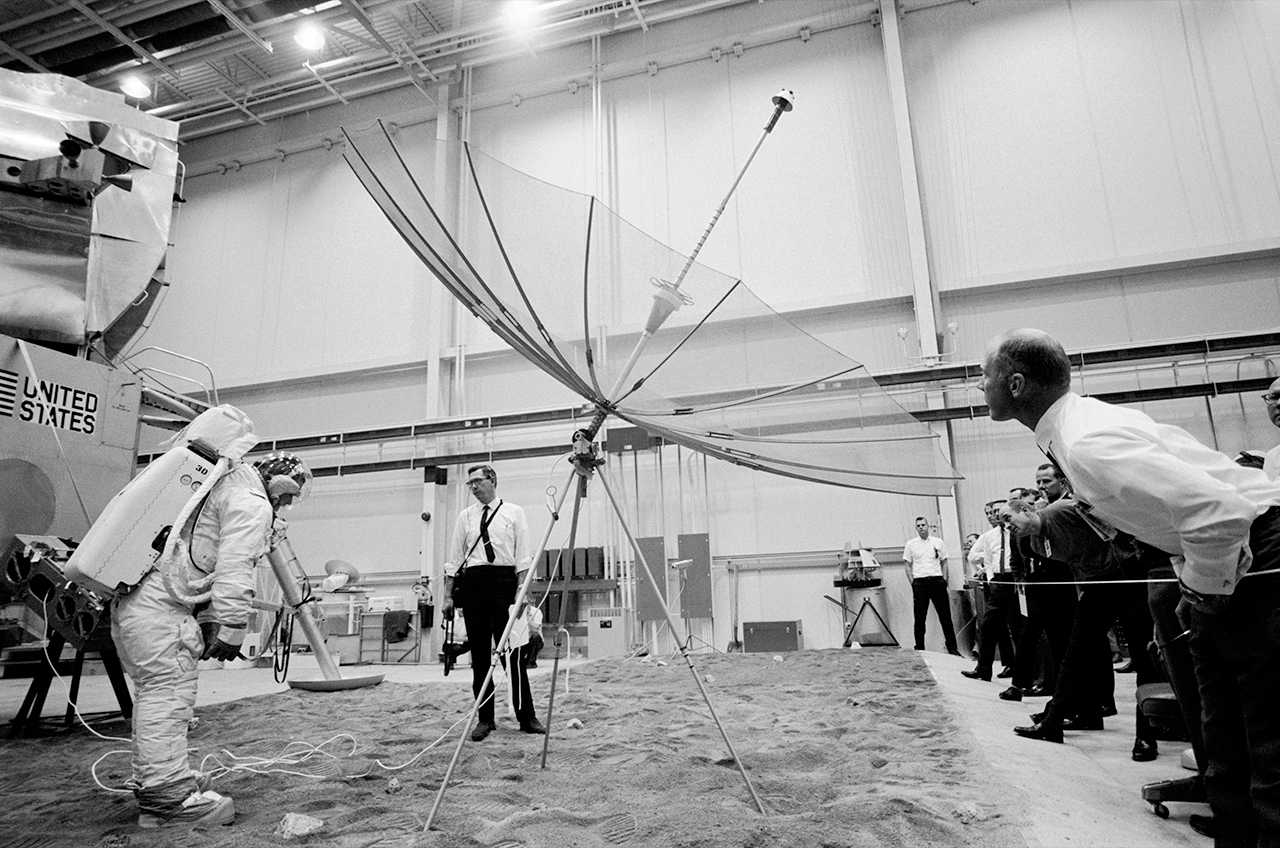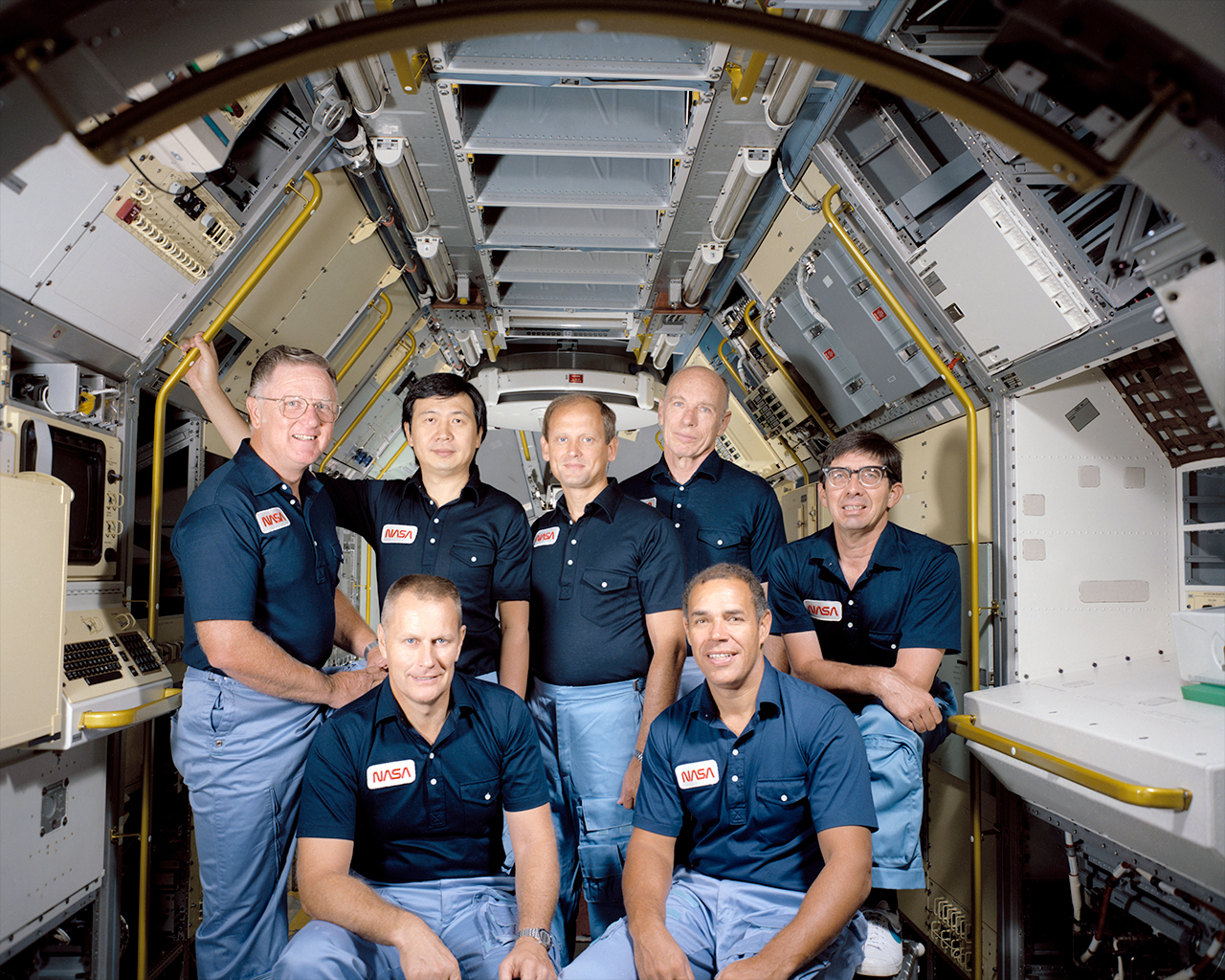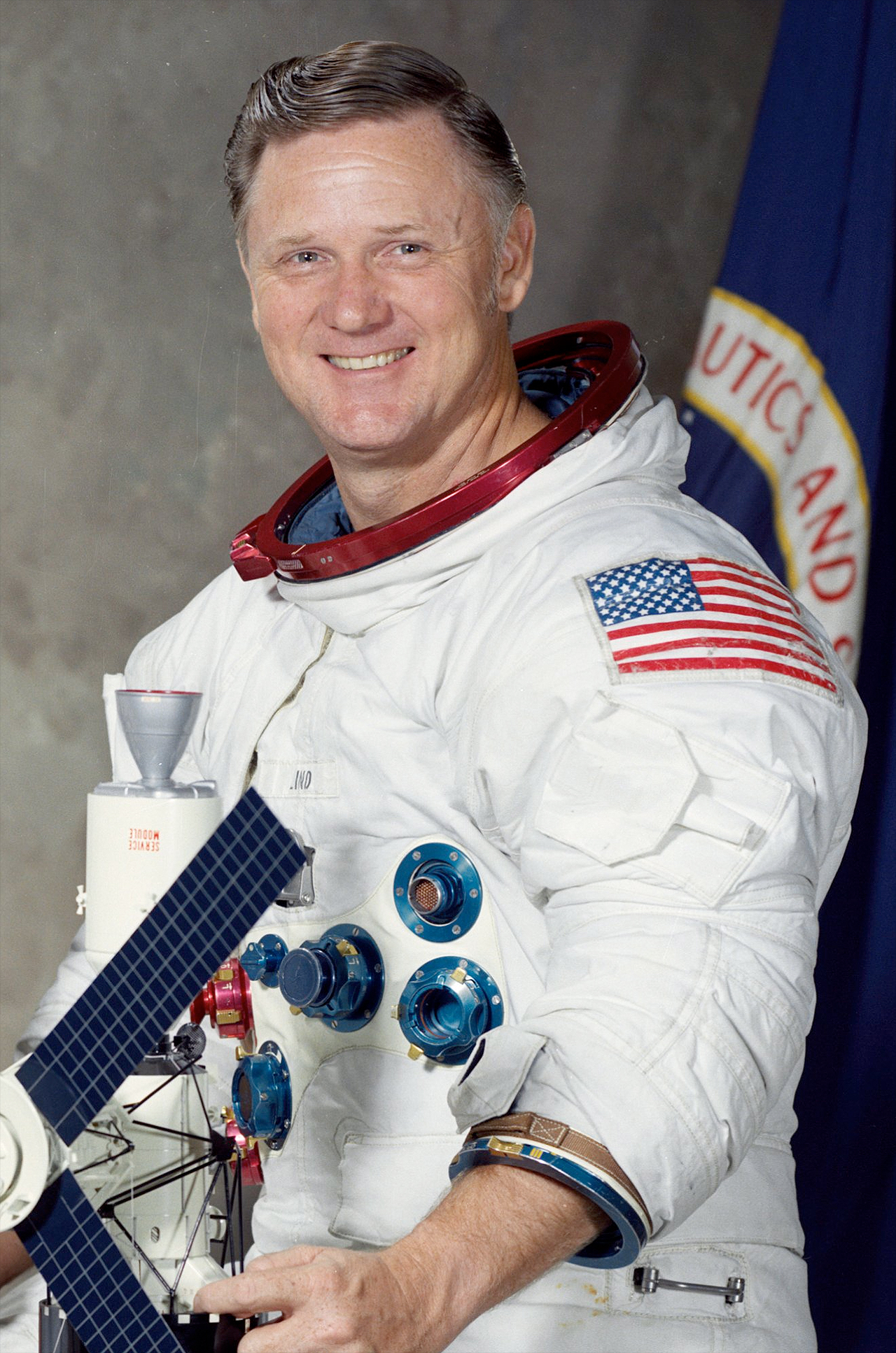Don Lind, shuttle astronaut whose moon mission was canceled, dies at 92
Lind waited 19 years to launch into space and flew only once.

Don Lind, a former NASA astronaut who helped plan humanity's first moonwalk before launching on the space shuttle, has died at the age of 92.
Lind's death on Tuesday (Aug. 30) was first reported by the Herald Journal in Logan, Utah.
"Don is as close to the true 'Renaissance Man' — Leonardo da Vinci's ideal of a man who could do everything and do it well — as exists in our day and age," his family wrote in an obituary issued on Friday (Sep. 2).
Lind became an astronaut with the "Original Nineteen," NASA's fifth group of trainees, selected in 1966. The class included eight astronauts who flew to the moon, including three future Apollo moonwalkers.
"The original plans were to make 10 landings on the moon, Apollo 11 through Apollo 20, and we were building command modules and Saturn V [rockets] and all the equipment for 10 landings. Then Washington, in their infinite wisdom, reduced the budget and canceled the last three flights to the moon, and I did not get to go to the moon," said Lind in a 2005 NASA oral history. "That was an incredible professional disappointment. But, you simply gird up your loins and press on, since you have no other options."
Related: The Apollo program: How NASA sent astronauts to the moon

Instead of going to the moon himself, Lind worked on planning the lunar surface operations for the astronauts who did. He tested the spacesuits, tools and science packages that the Apollo moonwalkers would use and deploy.
Get the Space.com Newsletter
Breaking space news, the latest updates on rocket launches, skywatching events and more!
"I don't say this boasting, but I knew more about what Neil [Armstrong] and Buzz [Aldrin] were supposed to do on the first mission and Pete [Conrad] and Al [Bean] were supposed to do on the second mission than they did," said Lind.
That knowledge landed him a seat in Mission Control during the first two moon landing missions, Apollo 11 and Apollo 12. As a capcom (capsule communicator), Lind was just a radio call away if something went wrong.
"I could simply step forward, pick up the microphone and talk them through the procedures that I had tested," he said.
Lind's chance to be on the other side of the line came more than a decade after the last astronaut stepped off the moon.
"I set a record. No one has waited for a spaceflight longer than I have. I hope nobody ever has to do that," said Lind. "There were long delays, and so, yes, it was 19 years before I got to fly."
On April 29, 1985, Lind lifted off as an STS-51B mission specialist on the space shuttle Challenger. Given that two of Lind's six crewmates were also Apollo-era astronauts, the average age of the crew was 48.6 — the oldest for an American space mission.
The mission also marked the second flight of the European-built Spacelab laboratory module and the first to carry a full complement of science experiments — including the first animal test subjects.
"We had two cute little squirrel monkeys and 24 less-than-cute laboratory rats. The squirrel monkeys adapted very quickly," Lind told the NASA interviewer. "The laboratory rats were not quite as savvy as the monkeys. They had also been on vibration tables and acoustical chambers and that sort of thing. But they hadn't learned that this was going to last a while, and when we got [into the module], they were hanging onto the edge of the cage and looking very apprehensive."
"After about the second day, they finally found out if they'd let go of the screen, they wouldn't fall, and they probably enjoyed the rest of the mission," he said.
Related: Space shuttle: The first reusable spacecraft

As for himself, he had no difficulty adjusting to life in microgravity.
"Thoroughly enjoyed it," said Lind. "It was a wonderful experience."
In addition to conducting the research NASA had planned, Lind also proposed and carried out his own experiment, taking the first clear photographs of the aurora borealis ("Northern Lights") from space. All that he needed was a camera that was already aboard the shuttle and three rolls of film.
"So this experiment cost NASA $36, and it's the cheapest experiment that has ever gone into space," Lind said with a laugh. "We claimed that we could do more science per dollar per pound than anybody else in the space program."
"We found out that there is a different component to the mechanism that creates the aurora, involving microwaves, that was not understood before. So the theorists had to add one more element in the equation for the creation of the aurora light," he said.
Lind and his crewmates landed almost exactly a week after they left Earth. He logged 7 days, 8 minutes and 46 seconds on what was his one and only mission.
Don Leslie Lind was born on May 18, 1930, in Midvale, Utah. He earned his Bachelor of Science degree in physics from the University of Utah in 1953 and then enrolled in the U.S. Navy Officer Candidate School in Newport, Rhode Island.
He served four years on active duty with the U.S. Navy at San Diego and aboard the USS Hancock aircraft carrier, logging more than 4,500 hours of flight time.
After volunteering as a naval aviator to take high-altitude photo emulsions of cosmic rays for the University of California, Berkeley, he enrolled at the school and earned his doctorate in high energy nuclear physics in 1964. For the next two years until his selection as an astronaut, Lind worked at NASA's Goddard Space Flight Center in Greenbelt, Maryland as a space physicist, studying low-energy particles within the Earth's magnetosphere and interplanetary space.

After losing his chance to possibly fly to the moon, Lind trained for two missions to the Skylab orbital workshop, both of which were also canceled. He then helped plan the payloads for the early shuttle test flights and helped develop the control system for the remote manipulator system, or Canadarm robotic arm.
Six months after returning from space, Lind retired from NASA. (He earlier resigned from the Navy with the rank of commander in 1969.)
"I thought, 'I am to the point in my life where if I'm ever going to shift into academia, I better do it now, or I will end up as a NASA manager for the rest of my life,'" said Lind.
He joined the faculty at Utah State University as a professor of physics and astronomy until his retirement in 1995. He and his wife Kathleen devoted their time volunteering for for their church.
In 1985, Lind collaborated with Kathleen to publish a book, "Don Lind, Mormon Astronaut" (Deseret Book Co.).
For his service to the U.S. space program, Lind was awarded the NASA Exceptional Service Medal in 1974, and the NASA Space Flight Medal following his flight on Challenger.
Lind is survived by his sister Charlene Lind, by all seven of his children Carol Ann, David, Dawna, Douglas, Kimberly, Lisa and Daniel, 22 grandchildren and 28 great-grandchildren. He is preceded in death by his wife, who died on June 12, one grandson, two sisters and both of his parents.
Follow collectSPACE.com on Facebook and on Twitter at @collectSPACE. Copyright 2022 collectSPACE.com. All rights reserved.
Join our Space Forums to keep talking space on the latest missions, night sky and more! And if you have a news tip, correction or comment, let us know at: community@space.com.

Robert Pearlman is a space historian, journalist and the founder and editor of collectSPACE.com, a daily news publication and community devoted to space history with a particular focus on how and where space exploration intersects with pop culture. Pearlman is also a contributing writer for Space.com and co-author of "Space Stations: The Art, Science, and Reality of Working in Space” published by Smithsonian Books in 2018.In 2009, he was inducted into the U.S. Space Camp Hall of Fame in Huntsville, Alabama. In 2021, he was honored by the American Astronautical Society with the Ordway Award for Sustained Excellence in Spaceflight History. In 2023, the National Space Club Florida Committee recognized Pearlman with the Kolcum News and Communications Award for excellence in telling the space story along the Space Coast and throughout the world.










